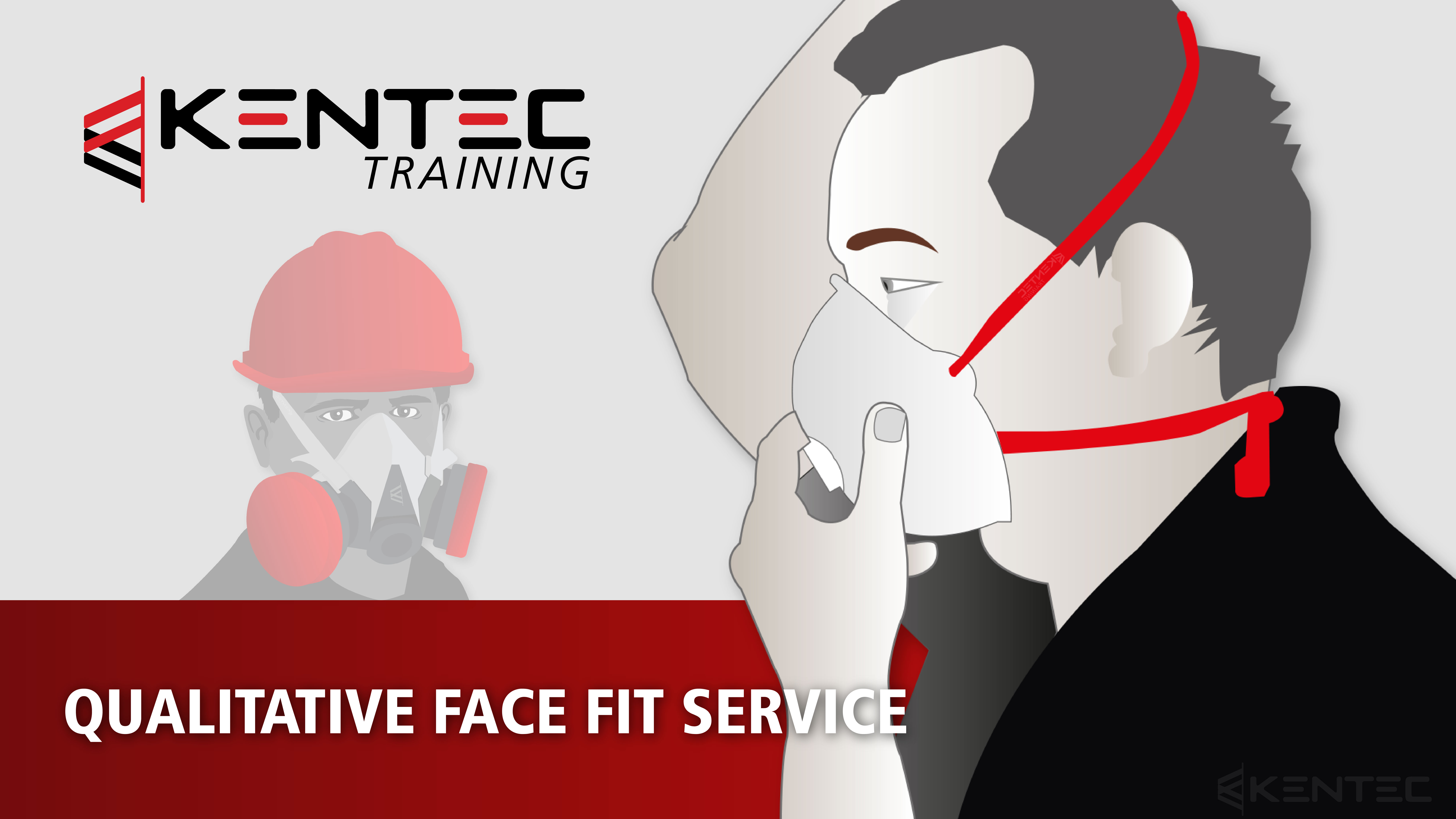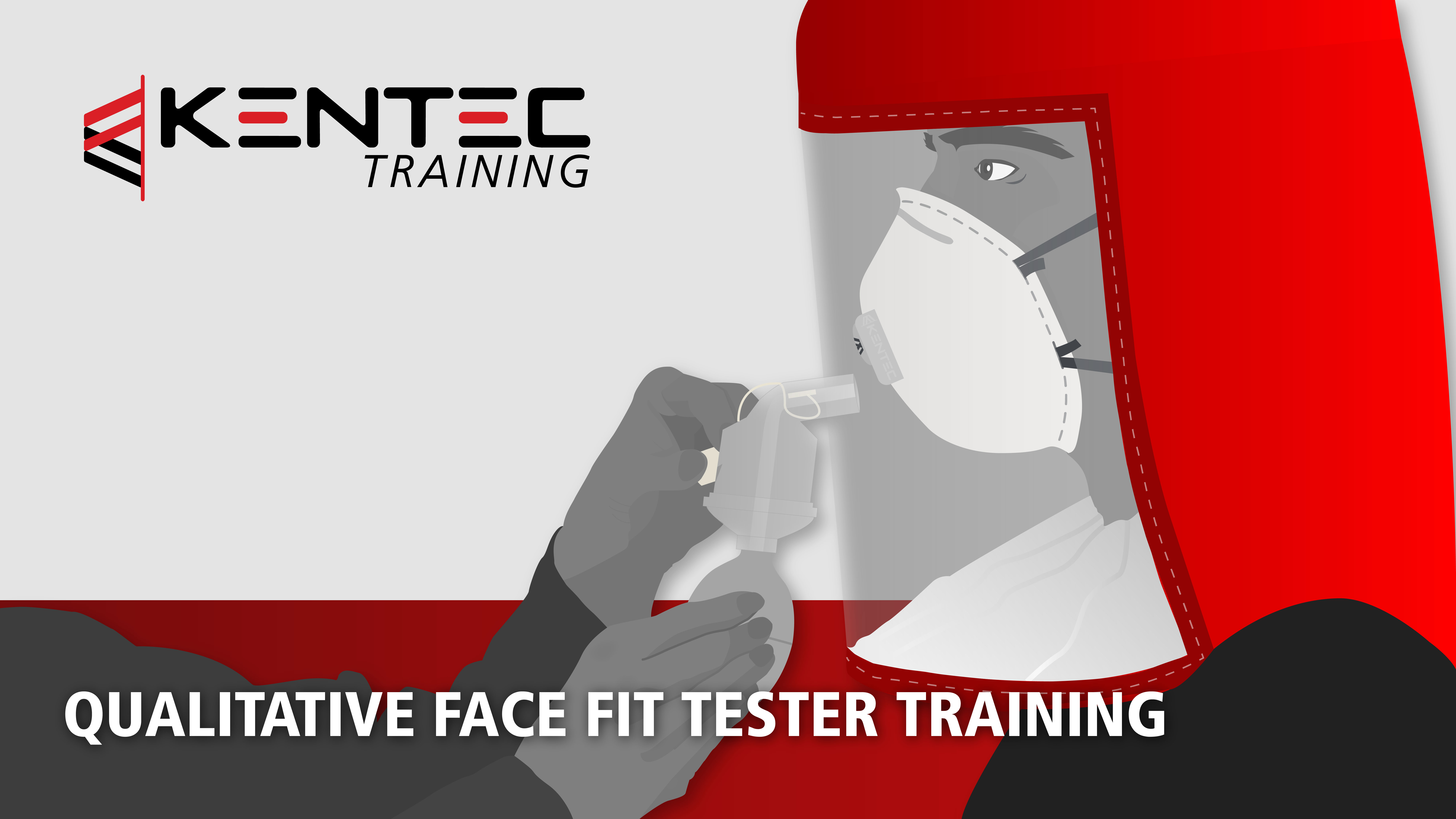
If you or your employees are required to use dust masks, or any other form of Respiratory Protective Equipment (RPE), you’ve probably asked: “Do I really need a Face Fit Test?”.
The answer is a clear and simple YES.
Even today, thousands of people lose their lives each year due to exposure to hazardous airborne substances in the workplace. Many of these deaths could be prevented with one critical step: ensuring their RPE actually fits properly.
It’s Not Enough Just to Wear a Mask
Kentec Training's Managing Director & long-standing RPE instructor and fit-tester, Steve Booker, had this to say:
One of the biggest issues with improperly-fitted RPE is the cumulative effect of repeated and short-term exposures to harmful substances and particulates which can lead to long-term health issues. Employers have a legal, financial and moral responsibility to their employees to ensure that they are protected regardless of the duration of the work or simplicity of the task.
As Steve stated, employers have a legal duty to make sure RPE is suitable for the wearer. That doesn’t just mean the right type of mask - it means the right fit. You can invest in the highest-grade RPE on the market, but if it doesn’t create a proper seal on the wearer’s face, it simply won’t protect them.
A Fit Test will ensure that the mask:
- Fits the individual’s facial features
- Creates a tight seal around the mouth & nose
- Works as intended to filter harmful substances & particles.
This applies to all tight-fitting respirators, including disposable masks (FFPs), half masks and full-face masks. Loose-fitting RPE like powered hoods and visors don’t need a face fit test - but they still need to be worn correctly and with proper training.
Legal Backing
Face Fit Testing is not just best practice - it’s a legal requirement under:
- COSHH (Control of Substances Hazardous to Health) Regulations 2002
- Control of Lead at Work Regulations 2002
- Control of Asbestos Regulations 2012
- PPE at Work (Amendment) Regulations 2022
Why Must I Be Clean-Shaven?
A proper seal simply can’t be formed over facial hair. Even stubble can create tiny gaps. That’s why individuals being tested must be clean-shaven in the sealing area. Some employers even include this in employment contracts when RPE is part of the job.
For those who can’t shave for religious or medical reasons, alternative RPE is available - such as powered air systems with loose-fitting hoods that don’t require a tight seal.
How Often Should You Be Tested?
It’s recommended to re-test at least annually, especially when RPE is a primary control method. Retesting is also needed if the wearer:
- Has significant gains or losses in weight
- Grows facial hair (including stubble)
- Makes changes to the Mask's model, size, or replaces their mask.
- Has had significant dental or facial changes
How Can Kentec Training Help?
At Kentec Training, we offer a Qualitative Face Fit Service using the latest HSE-approved methods (OC 282/28 and HSG53). Our instructors are Fit2Fit-accredited, experienced, and can deliver tests either on-site or at our training centres in Kent. A simple 20-minute test could make all the difference in you and your team’s long-term health.
We also provide Qualitative Face Fit Tester Training, which provides training for those looking to be able to perform qualitative face fit testing for tight fitting RPE (Respiratory Protective Equipment) within their organisation for their own staff.
If you're interested in getting your RPE serviced or getting trained to service your own RPE internally, get in touch with our support team on 0333 666 0555, or email on info@kentectraining.co.uk to find out more.
Let’s make sure your RPE actually protects you - because safety starts with the right fit.


